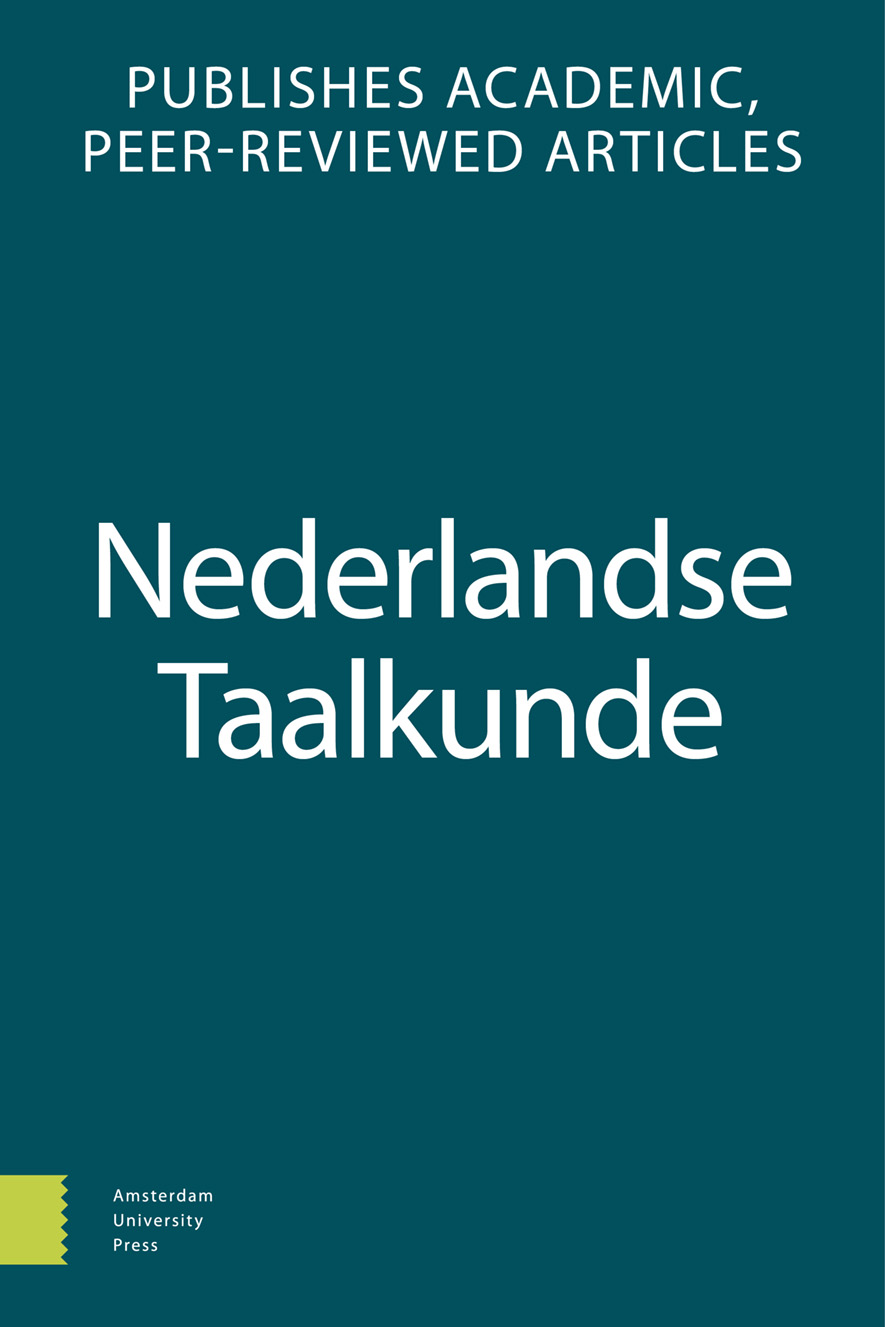-
oa Aan het Nederlands lijkt best wat te knutselen
- Amsterdam University Press
- Source: Nederlandse Taalkunde, Volume 25, Issue 2-3, Oct 2020, p. 387 - 395
-
- 01 Oct 2020
Abstract
The influence of prescriptivism on Dutch
Weerman (2003) unequivocally rejected the possibility for language to be malleable. At the time, there was little empirical research to challenge or support this claim. Over the last two decades, however, a fairly large body of research has delved into this issue. In light of this, we review some of Weerman’s views, and discuss new findings of the recent literature, both for Dutch and other languages. We show how new methods and insights have led to a re-evaluation of the effects of prescriptivism. We furthermore argue that, rather than categorically dismissing effects of prescriptivism, researchers should focus on case studies with different parameters, including linguistic level, prohibition strength and time period.


